Choose the correct options.
(a) By gamma radiations atomic number is not changed
(b) By gamma radiations mass number is not changed
(c) By the emission of one α and two β particles isotopes are produced
(d) By the emission of one α and four β particles isobars are produced
The correct Answer is:A, B, C
To solve the question regarding the properties of gamma radiation and the effects of alpha and beta emissions, we will analyze each option step by step.
1. Understanding Gamma Radiation:
- Gamma radiation does not change the atomic number or the mass number of a nucleus. It is emitted when a nucleus transitions from an excited state to a lower energy state without changing its composition.
- Therefore, for option A: "By gamma radiation, atomic number is not changed," this statement is correct.
2. Effect of Gamma Radiation on Mass Number:
- Since gamma radiation does not alter the mass number either, option B: "By gamma radiation, mass number is not changed," is also correct.
3. Emission of Alpha and Beta Particles:
- When an alpha particle (which consists of 2 protons and 2 neutrons) is emitted, the atomic number decreases by 2, and the mass number decreases by 4.
- When a beta particle (an electron) is emitted, the atomic number increases by 1, while the mass number remains unchanged.
- For option C: "By the emission of 1 alpha and 2 beta particles, isotopes are produced," we analyze:
- The atomic number changes as follows:
- From 1 alpha: -2
- From 2 beta: +2
- Total change in atomic number = -2 + 2 = 0 (no net change).
- The mass number changes as follows:
- From 1 alpha: -4
- From 2 beta: 0
- Total change in mass number = -4 (mass number decreases by 4).
- Since isotopes have the same atomic number but different mass numbers, this statement is correct.
4. Emission of Alpha and Beta Particles Leading to Isobars:
- For option D: "By the emission of 1 alpha and 4 beta particles, isobars are produced," we analyze:
- The atomic number changes as follows:
- From 1 alpha: -2
- From 4 beta: +4
- Total change in atomic number = -2 + 4 = +2.
- The mass number changes as follows:
- From 1 alpha: -4
- From 4 beta: 0
- Total change in mass number = -4.
- Isobars are defined as having the same mass number but different atomic numbers. Here, the mass number decreases by 4, and the atomic number increases by 2, which means they do not have the same mass number. Thus, this statement is incorrect.
Conclusion:
The correct options are:
- A: Correct
- B: Correct
- C: Correct
- D: Incorrect
Thus, the correct answers are A, B, and C.
- Gamma radiation does not change the atomic number or the mass number of a nucleus. It is emitted when a nucleus transitions from an excited state to a lower energy state without changing its composition.
- Therefore, for option A: "By gamma radiation, atomic number is not changed," this statement is correct.
- Since gamma radiation does not alter the mass number either, option B: "By gamma radiation, mass number is not changed," is also correct.
- When an alpha particle (which consists of 2 protons and 2 neutrons) is emitted, the atomic number decreases by 2, and the mass number decreases by 4.
- When a beta particle (an electron) is emitted, the atomic number increases by 1, while the mass number remains unchanged.
- For option C: "By the emission of 1 alpha and 2 beta particles, isotopes are produced," we analyze:
- The atomic number changes as follows:
- From 1 alpha: -2
- From 2 beta: +2
- Total change in atomic number = -2 + 2 = 0 (no net change).
- The mass number changes as follows:
- From 1 alpha: -4
- From 2 beta: 0
- Total change in mass number = -4 (mass number decreases by 4).
- Since isotopes have the same atomic number but different mass numbers, this statement is correct.
- For option D: "By the emission of 1 alpha and 4 beta particles, isobars are produced," we analyze:
- The atomic number changes as follows:
- From 1 alpha: -2
- From 4 beta: +4
- Total change in atomic number = -2 + 4 = +2.
- The mass number changes as follows:
- From 1 alpha: -4
- From 4 beta: 0
- Total change in mass number = -4.
- Isobars are defined as having the same mass number but different atomic numbers. Here, the mass number decreases by 4, and the atomic number increases by 2, which means they do not have the same mass number. Thus, this statement is incorrect.
The correct options are:
- A: Correct
- B: Correct
- C: Correct
- D: Incorrect
Topper's Solved these Questions
- MODERN PHYSICS - 2BOOK - DC PANDEY ENGLISHCHAPTER - MODERN PHYSICS - 2EXERCISE - Level 2 Comprehension Based
3 Videos
- MODERN PHYSICS - 2BOOK - DC PANDEY ENGLISHCHAPTER - MODERN PHYSICS - 2EXERCISE - Level 2 Subjective
10 Videos
- MODERN PHYSICS - 2BOOK - DC PANDEY ENGLISHCHAPTER - MODERN PHYSICS - 2EXERCISE - Level 2 Single Correct
13 Videos
- MODERN PHYSICS - 1BOOK - DC PANDEY ENGLISHCHAPTER - MODERN PHYSICS - 1EXERCISE - Level 2 Subjective
23 Videos
- NUCLEIBOOK - DC PANDEY ENGLISHCHAPTER - NUCLEIEXERCISE - C MADICAL ENTRANCES GALLERY
46 Videos
Similar Questions
Knowledge Check
Match the following
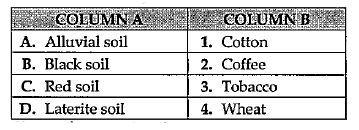
Choose the correct option:AA-3, B-2, C-1, D-4BA-4, B-1, C-3, D-2CA-2, B-4, C-1, D-3DA-4, B-1, C-2, D-3Match the following
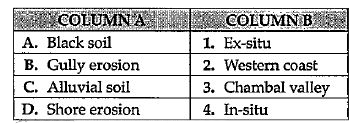
Choose the correct option:AA-1, B-3, C-4, D-2BA-4, B-1, C-3, D-2CA-2, B-4, C-1, D-3DA-4, B-3, C-1, D-2
Choose the correct option(s) for the given sitution.
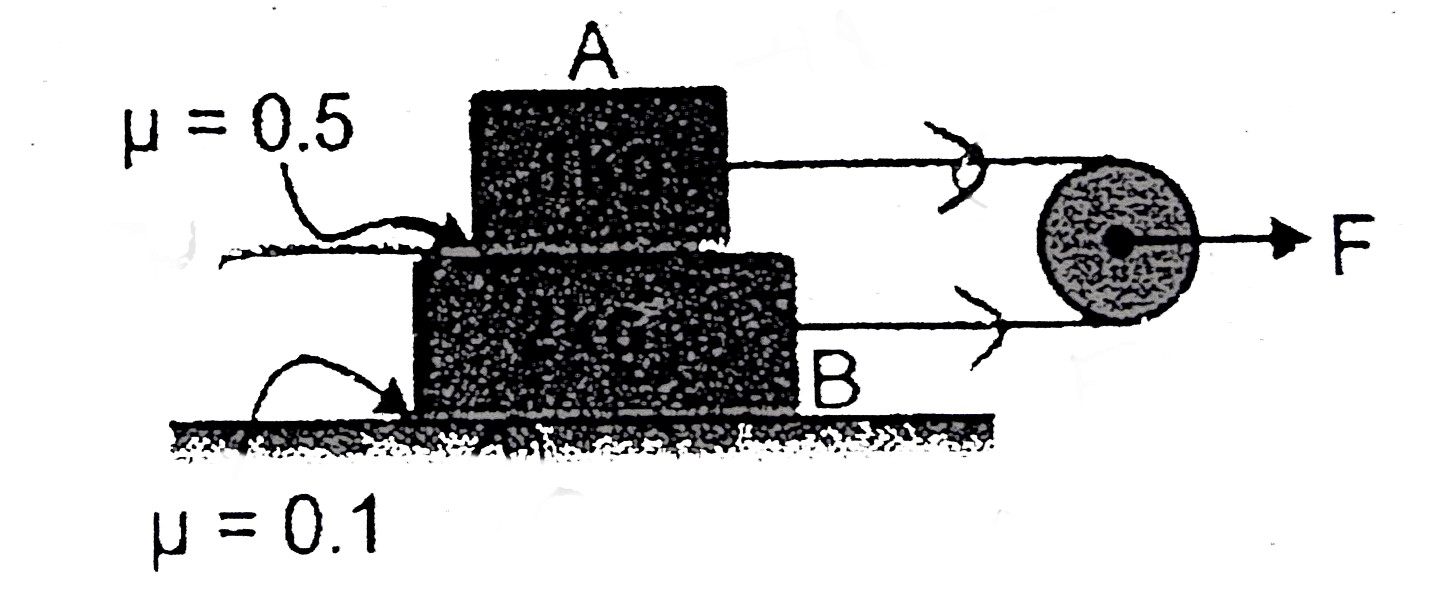
View SolutionMatch the following and choose the correct option.
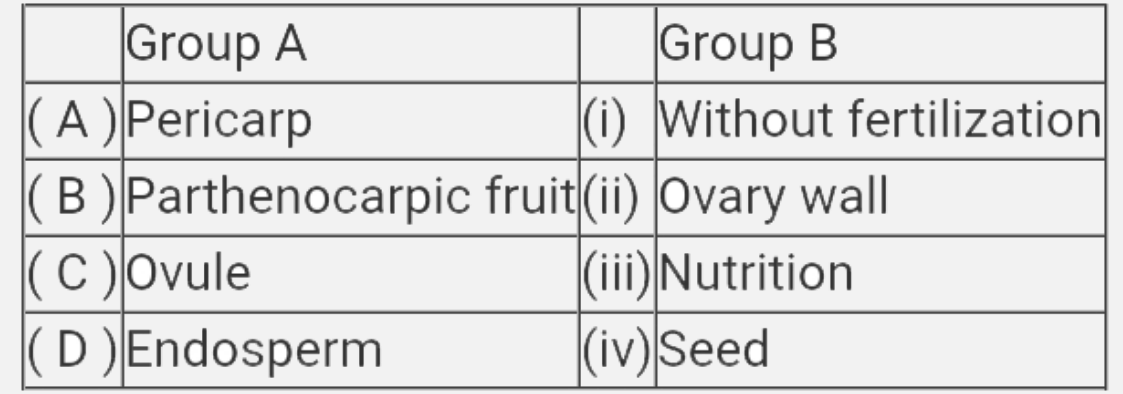
View SolutionObserve figures and choose the correct option.

View SolutionMatch the following and choose the correct option.

View SolutionStudy the following columns and choose the correct option.

View SolutionMatch the following columns and choose the correct option.
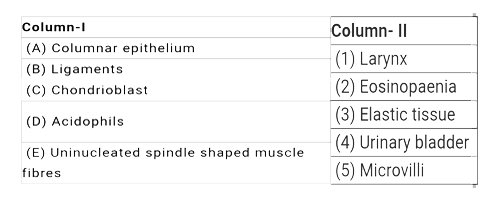
View Solution

_CHE_E06_278.png) Choose the correct option.
Choose the correct option.